Introduction:
Drones have become an increasingly popular tool for photography, videography, and recreational flying. However, one of the most critical aspects of a drone is its flight time, which is directly dependent on battery life. Even though the battery was fully charged, the drone was unable to fly for long periods of time. Next, I will explain the factors that affect the life of drone batteries and explain how to maintain and extend their life.
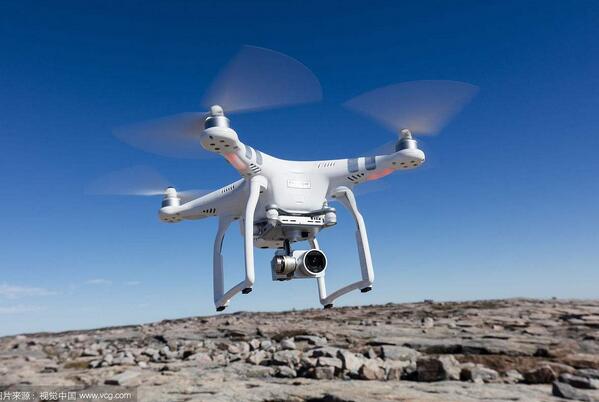
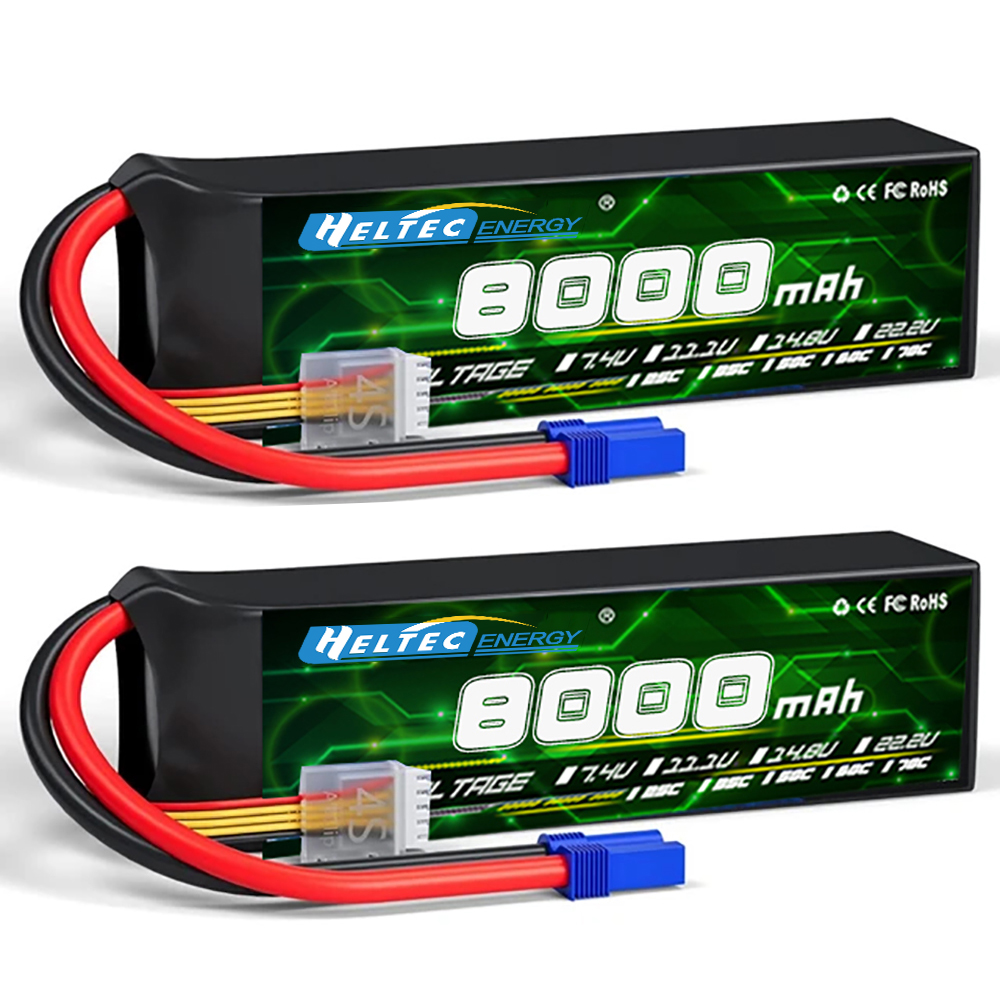
Factors affecting battery life:
Firstly, the capacity and type of the drone’s battery play a significant role in determining its flight time. A larger battery with a higher mAh rating can enable the drone to stay airborne for a longer duration, ultimately extending the life of the battery. Additionally, the flight time itself is a critical factor in determining battery life. Longer flight times and fewer recharges contribute to prolonged battery life.
Due to the chemical reactions taking place inside the battery, heat is generated. In low temperature conditions, the heat generated by the battery can be easily dissipated. Therefore, in cold weather conditions, the battery requires additional or even external heat to maintain the chemical reactions and work. When you fly a drone in an area with a temperature below 10 degrees Celsius, the battery will be depleted quickly.
Furthermore, the weight of the drone directly affects its energy consumption and, consequently, the battery life. Heavier drones consume more energy, leading to increased battery consumption. Conversely, lighter drones with the same battery capacity experience reduced consumption and extended flight times due to their lower flying weight.
How to prolong the life of drone lithium batteries?
Reduce unnecessary weight: For every extra weight, the drone needs to consume more power to overcome gravity and air resistance when flying. Therefore, regularly clean up non-essential accessories on the drone, such as additional cameras, brackets, etc., and check and make sure that there are no extra items attached to the drone before flying.
Prepare spare batteries: This is the most direct way to increase flight time. Make sure you have enough spare batteries before the flight mission, and replace them in time when the battery is about to run out. At the same time, pay attention to the storage and maintenance of the batteries to ensure that they are in the best condition.
Use power saving mode: If the drone supports power saving mode, it should be enabled when you need to fly for a long time. Power saving mode usually limits certain functions of the drone (such as reducing flight speed, reducing sensor use, etc.) to reduce energy consumption.
Avoid extreme temperatures: Both high and low temperatures have a negative impact on the performance of drone batteries. When flying in a high temperature environment, the battery may overheat and cause performance degradation or even damage. In a low temperature environment, the battery's discharge capacity will be affected, resulting in a shorter flight time. Therefore, try to avoid flying in extreme weather conditions, or preheat the battery to a suitable temperature before flying.
Avoid overcharging: Overcharging can damage the internal structure of the battery and shorten the battery life. Make sure to use a charger that matches your drone and follow the manufacturer's charging guidelines. Most modern drone batteries and chargers are equipped with overcharge protection, but you still need to pay attention to safe use.
Store batteries properly: Batteries that are not used for a long time should be stored in a dry, cool and temperature-stable environment. Avoid exposing batteries to direct sunlight or humid environments, which may cause chemical reactions inside the battery and damage the battery.
Don't fly at high altitudes (for battery life): Although high-altitude flight itself may not cause much direct damage to the battery, the low temperature and thin air at high altitudes do increase the difficulty of flying the drone and battery consumption. Therefore, if possible, try to perform flight missions at low altitudes.
Calibrate the battery regularly: Perform battery calibration according to the drone's manual to ensure that the battery management system can accurately display the remaining power and charging status.
Use original accessories: Try to use accessories such as batteries and chargers recommended by the drone manufacturer to ensure that they are perfectly compatible with the drone and provide optimal performance.
Avoid frequent takeoffs and landings: Frequent takeoffs and landings consume a lot of power, especially during takeoff and climb. If possible, try to plan continuous flight routes to reduce the number of takeoffs and landings.
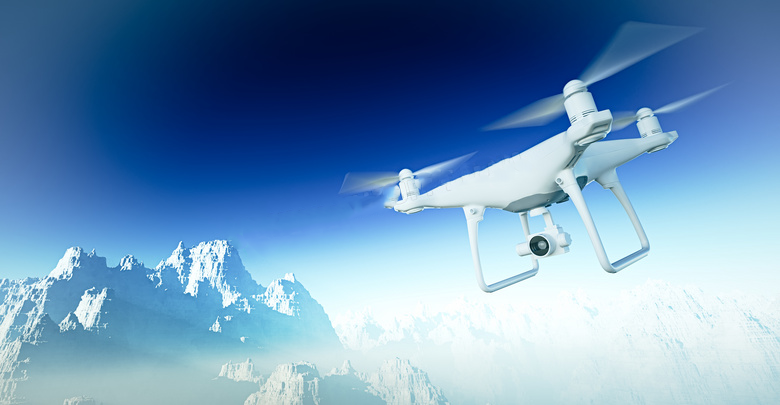
How to maintain drone lithium batteries?
Maintaining drone batteries is an important part of ensuring stable drone performance and extending battery life. The following are detailed suggestions for daily maintenance of drone batteries, from battery storage to battery handling:
Avoid overcharging and over-discharging: Both overcharging and over-discharging can damage the battery and shorten its life. Therefore, when storing batteries, avoid charging them to 100% or discharging them to 0%. It is recommended to store the battery within the range of 40%-60% to effectively extend the battery life.
Storage environment: Store the battery in a cool, dry, well-ventilated place, avoiding direct sunlight and humid environments. High temperature and humidity will accelerate battery aging and affect battery performance.
If the ambient temperature is below 15℃, it is recommended to preheat and insulate the battery to ensure that the battery can be discharged normally before takeoff.
Cleaning battery terminals: Use a clean dry cloth to clean the battery terminals regularly to ensure that there is no dirt or corrosion on the battery terminals to ensure good electrical contact.
Firmware version synchronization: Always keep the firmware version of the drone battery and the drone the same to ensure compatibility between the battery and the drone and avoid performance problems caused by firmware mismatch.
Regular charging: Fully charge the battery at least once every three months to keep the battery healthy. If the battery is not used for a long time and the power is too low, it may cause the chemical substances inside the battery to crystallize and affect the battery performance.
Use the appropriate storage voltage: If the battery needs to be stored for a long time, it is recommended to discharge the battery to a storage voltage of 3.8-3.9V and store it in a moisture-proof bag. Perform a replenishment and discharge process once a month, that is, charge the battery to full voltage and then discharge it to the storage voltage to maintain the activity of the battery.
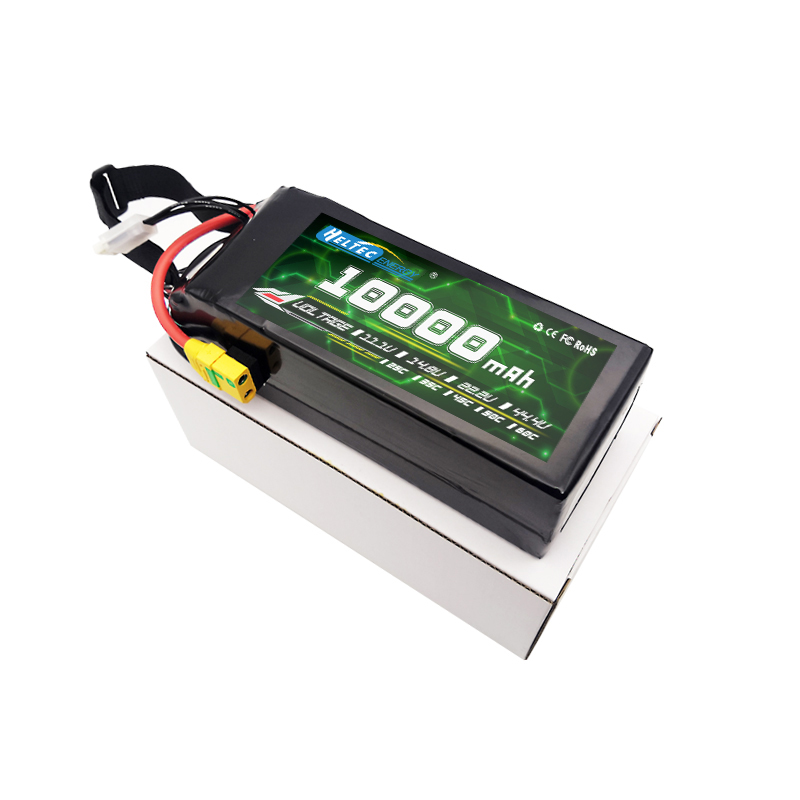
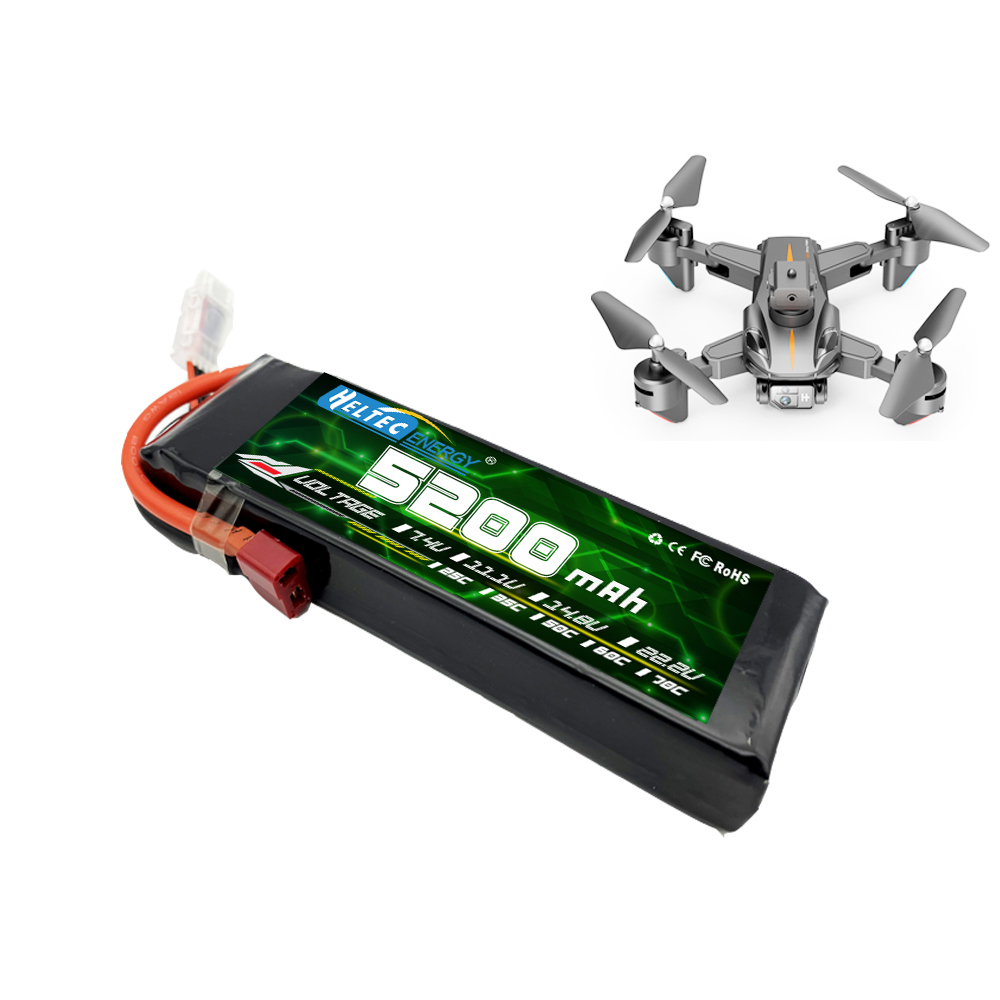
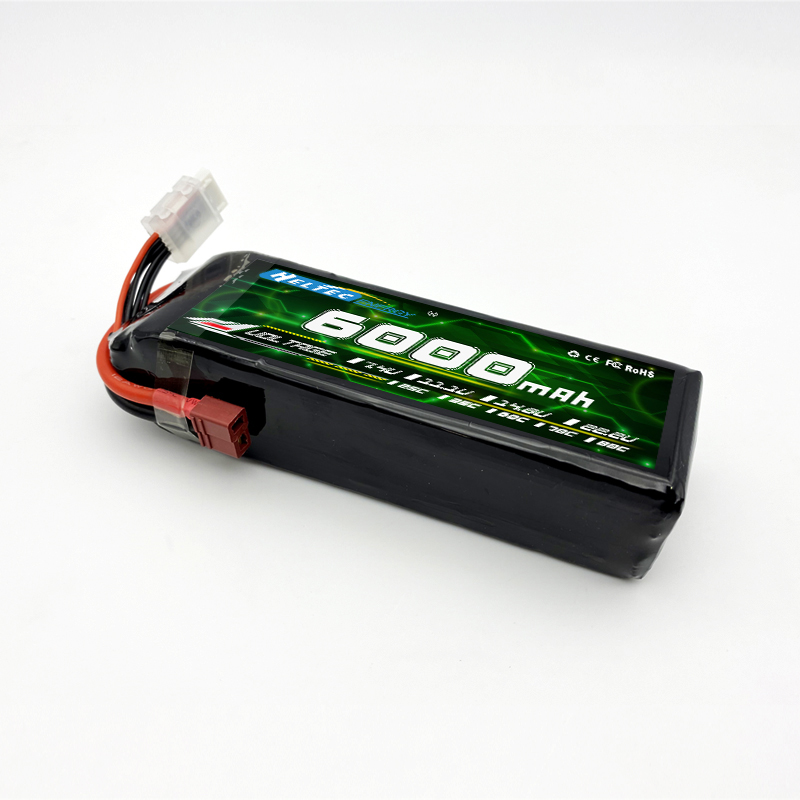
Conclusion:
Heltec Energy’s drone lithium batteries are designed using advanced lithium-ion technology with high energy density and superior power output. The battery’s lightweight and compact design is ideal for drones, providing the perfect balance between power and weight for enhanced flight capabilities. Our drone battery is made for longer flying time with high discharge rate, from 25C to 100C customizable. We mainly sell 2S 3S 4S 6S LiCoO2/Li-Po batteries for drones – Nominal voltage from 7.4V to 22.2V, and nominal capacity from 5200mAh to 22000mAh. The discharge rate is up to 100C, no false labeling. We also support customization for any drone battery.
If you have any questions or would like to learn more, please don't hesitate to reach out to us.
Request for Quotation:
Jacqueline: jacqueline@heltec-energy.com / +86 185 8375 6538
Sucre: sucre@heltec-bms.com / +86 136 8844 2313
Nancy: nancy@heltec-energy.com / +86 184 8223 7713
Post time: Jul-17-2024
